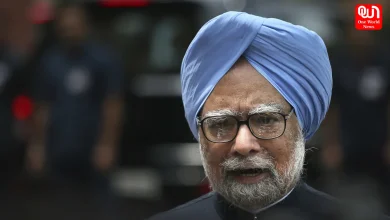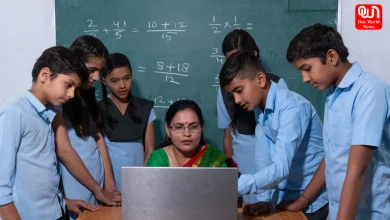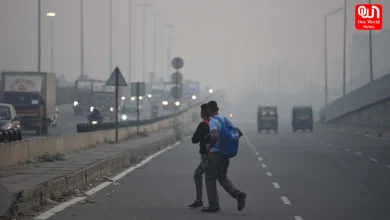India’s Caste System: Untangle Complex Social Hierarchy
Dive into the intricacies of India's caste system, tracing its roots, examining its influence, and exploring its relevance in modern society.
India’s Caste System; Understanding the Origins, Impact, and Contemporary Relevance of India’s Ancient Social Structure
India’s cultural heritage is larger than life, and one aspect stands out as a defining feature of its social fabric—the caste system. Stretching back thousands of years, this intricate web of social stratification continues to shape the lives of millions, leaving an indelible mark on the country’s history, politics, and identity. To truly comprehend India, one must grasp the nuances of this deeply rooted system.
The caste system in India, also known as varna vyavastha, classifies society into hierarchical groups based on birth, occupation, and social status. Initially conceived as a means to organise labour division in ancient societies, it has evolved into a system that permeates all aspects of life, dictating social interaction, marriage, and even economic opportunities.
The origins of the caste system can be traced back to the ancient Hindu scriptures known as the Vedas. According to the Rig Veda, the earliest of the four Vedas, society was divided into four varnas or classes: the Brahmins (priests and scholars), Kshatriyas (warriors and rulers), Vaishyas (merchants and farmers), and Shudras (labourers and servants). Each varna had its specific roles, duties, and privileges.
Beyond these four varnas, however, lay another group called the Dalits, also known as “untouchables” or “Scheduled Castes.” Traditionally considered outside the caste system, Dalits have historically faced severe discrimination and social exclusion. Although legislation has been enacted to protect their rights and promote social equality, the challenges faced by Dalits persist to this day.
The caste system’s influence extends beyond social interactions into politics and economics. Political parties in India have long relied on caste-based vote banks to secure electoral support, resulting in a complex web of identity politics that can shape policy decisions and resource allocation. Caste-based affirmative action, known as reservation, has been implemented to address historical inequalities and provide marginalised groups with greater access to education and employment opportunities.
Read More:- Titanic Submersible Missing with 5 crew members on board: Starlink Updates Awaited”
Critics argue that the caste system perpetuates social inequality and hampers social mobility. The rigid boundaries between castes limit individuals’ opportunities for upward mobility, as their social status is largely predetermined by birth. Discrimination and prejudice based on caste continue to affect individuals’ lives, despite legal measures and increased social awareness.
Read More:- India-Turkey Relationship Goes Beyond ‘Operation Dost’
However, it is important to note that contemporary India is undergoing significant social and cultural transformations. With the rise of urbanisation, globalisation, and education, younger generations are challenging traditional caste norms and striving for a more egalitarian society. Social movements advocating for equality and the eradication of caste-based discrimination are gaining momentum, fostering hope for a more inclusive future.
As India marches forward, grappling with the complexities of its caste system, it faces the daunting task of reconciling ancient traditions with the demands of a rapidly changing world. Striving for a society that transcends the barriers of birth, caste, and prejudice requires concerted efforts from all sections of society, as well as a deep understanding of the historical, cultural, and socio-political factors that have shaped this intricate system.
Read more:- Modi in US: Elon Musk Plans Tesla’s Entry into India, Promises ‘Soonest Possible’ Arrival
India’s caste system continues to be a subject of immense debate, exploration, and reflection. It is a reminder of the rich tapestry of India’s diverse heritage, but also an ongoing challenge that the nation must confront in its quest for a more inclusive and equitable society. By acknowledging its complexities, engaging in dialogue, and embracing social change, India can move closer to realising the principles of equality and justice for all its citizens, regardless of caste.
Like this post?
Register at One World News to never miss out on videos, celeb interviews, and best reads.








